For the last week, California has been subject to rolling blackouts, flex alerts, and calls to sacrifice, but it didn’t have to be that way. Twenty years after the 2000 Western U.S. energy crisis, CAISO remains as behind the curve as it was then. We can do better. We already have the technology to avoid another round of blackouts, and I’m not talking just about solar and batteries.
Solar-plus-battery folks are naturally explaining that this crisis just proves the need for more heavily subsidized battery systems, but there is a faster, more cost-effective solution.
Instead of expensive batteries that take months or years to site, permit, install, and interconnect, load flexibility software can be installed in a day at one-tenth the total cost.
Load flexibility
Load what? You’ve probably never heard of it. I know. But it’s real and it’s already working in California’s commercial solar buildings, but not enough of them. Let me explain what it is and why it could have avoided this current rolling blackout crisis.
Load flexibility software does what utilities and grid operators have been begging and pleading for homeowners to do manually. As shown by these headlines below, PG&E and CAISO have been sending out alerts and media releases asking energy consumers to “precool” their homes early in the day to help ride through the peak period from 4 p.m. to 9 p.m. when loads are high and solar generation is declining (and then entirely off). Here are some example headlines of utility pleading:
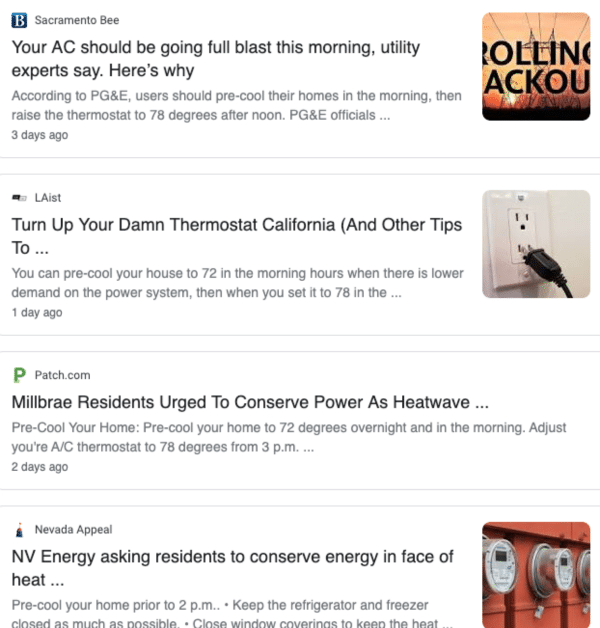
Ham-handed emergency caterwauling
Just think for a minute how primitive, how absurd that sounds in the year 2020. Given the TOU rates available to (or mandatory for) customers in California, it already makes sense for customers to make this simple change. And in any other industry, this type of ham-handed emergency caterwauling would be unnecessary. Software would take care of this adjustment, automatically and to the benefit of each individual customer.
In addition to homes, commercial buildings can also precool and have even larger HVAC loads, and load flexibility can make a huge difference here too. Subtle changes in the way commercial buildings use energy can perform the precooling load shifting ideas floated by CAISO with much greater automation and much less customer inconvenience than their crude approach to “load management by megaphone.”
Load flexibility is not demand response
Let’s be clear that load flexibility is not demand response, which is a voluntary program controlled by the utility. Load flexibility is comprised of software that’s designed to save customers money every day of the year (not just during “emergencies”), and it’s already available for commercial buildings that could have shifted more than enough energy from solar-poor to solar-rich usage periods to avoid the blackouts underway this month in California. Indeed, the potential in commercial buildings is actually greater than that of residential air conditioning, despite the CAISO’s proclamations.
If every commercial building in California had off-the-shelf smart thermostats with inexpensive A.I. demand-aware load flexibility software, we could have shifted more than 11 GWh of energy each day out of the period that so troubles CAISO. Yep. 11 GWh. (See my math in the footnote.)
In terms of energy storage, 11 GWh is more capacity than all the batteries installed in California today, plus all the batteries “announced” in the state to date, including giant projects years from completion.
And while batteries require long lead times due to permitting, engineering, fire suppression, and interconnection, a good load flexibility solution can be installed in one day. No permits, no master electricians, no new heavy equipment to be financed and custom-engineered.
Honestly, I have nothing against batteries. I drive a battery to work, and for huge utility solar projects with plenty of lead time, they make great financial sense, but they also take time. My simple suggestion is that we quickly (by like next Tuesday) add a commercial building load flexibility software to our existing SGIP program. There are various load flexibility solutions beyond Extensible Energy’s, which can be put into use today while (or even before) procuring all these expensive batteries for the next blackout crisis.
***
John Powers is the CEO of Extensible Energy, a California load flexibility company.
Footnote: As a first-order approximation, just shift 15% of the load by three hours in six billion square feet of California commercial building space – that’s the space in small-to-medium commercial buildings in which HVAC is the largest single load. You can look it up in CBECS. This leaves out the biggest buildings, and all residential, so our calculations are conservative.
The views and opinions expressed in this article are the author’s own, and do not necessarily reflect those held by pv magazine.
This content is protected by copyright and may not be reused. If you want to cooperate with us and would like to reuse some of our content, please contact: editors@pv-magazine.com.
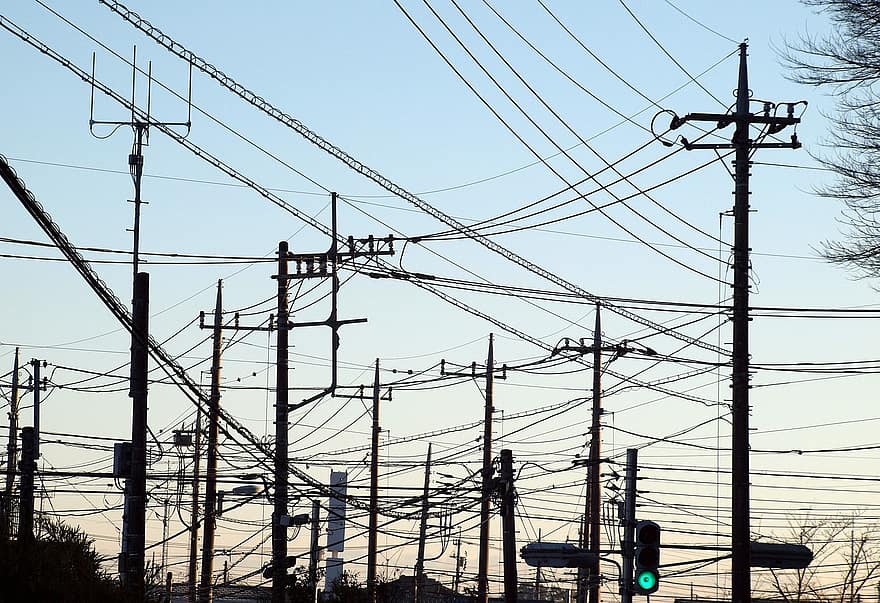
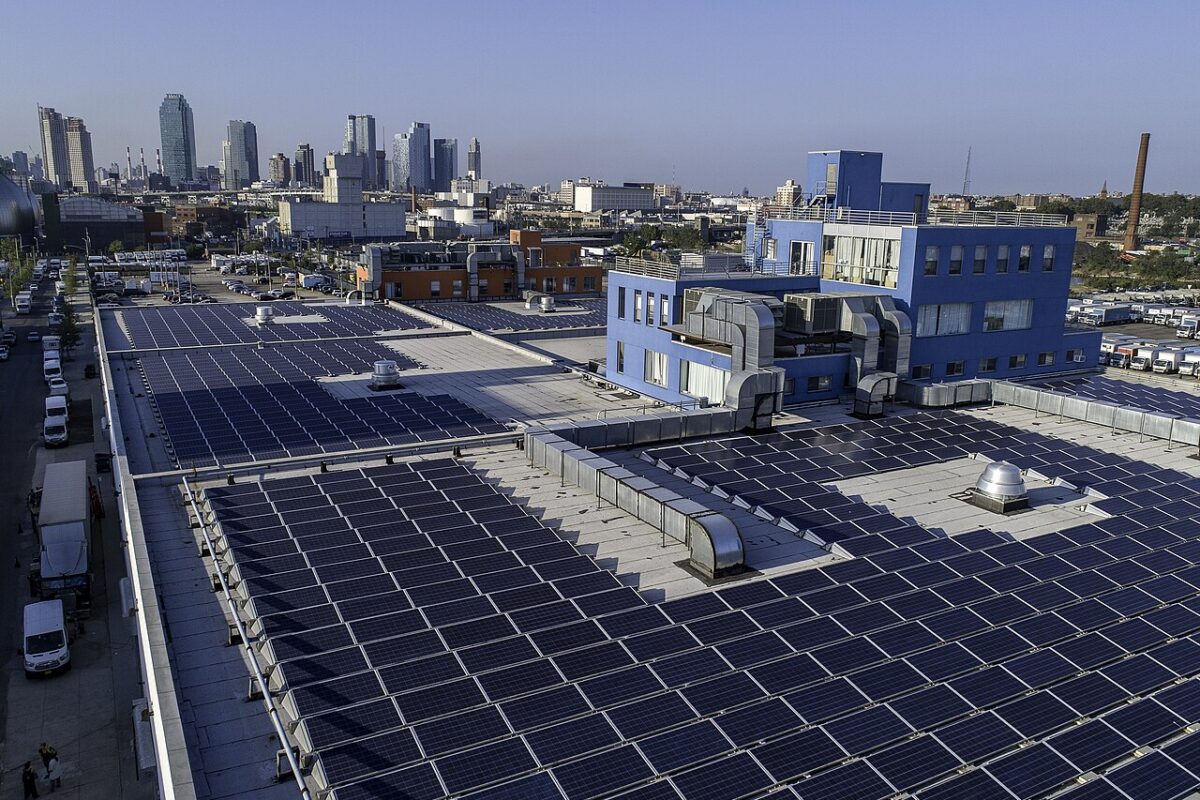




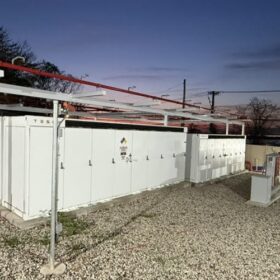
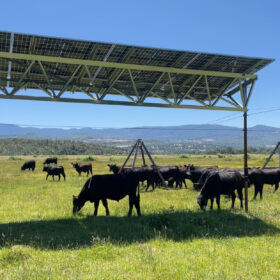
Yes Load management systems are part of the total home Solar systems at Sun Valley Solar in the Greater Phoenix-Chandler area. It can make a big difference and the residents of the home doesn;t even feel any affects. It just takes time for people to switch and get these systems installed and then adjust them for all the loads.
It could take years for consumers to get these systems and an incentive from the Utilities would speed that up. So it’s not just software but units installed at every home and adjustments for their loads.
Thanks Jim & Elaine –
Yes, combining load flexibility software with solar is a big part of the solution. In the commercial market, in any utility service territory with demand charges of at least $8 / kW (which includes 2/3 of the country, including Arizona), load flexibility software saves the customer money every month – with or without emergencies. Once a building is under better control, it can also respond to signals from grid operators in emergencies, increasing the amount of solar that can be easily integrated into a clean grid.
You could look up Cleanspark. They have software that integrated with any platform.
https://www.cleanspark.com/distributed-energy-controller